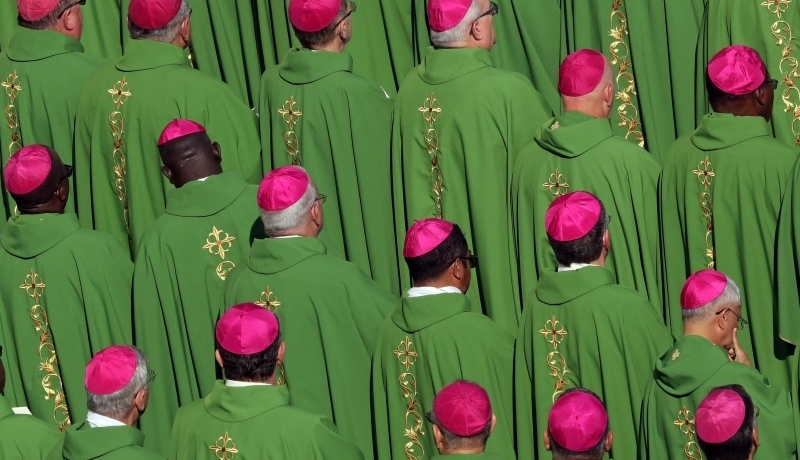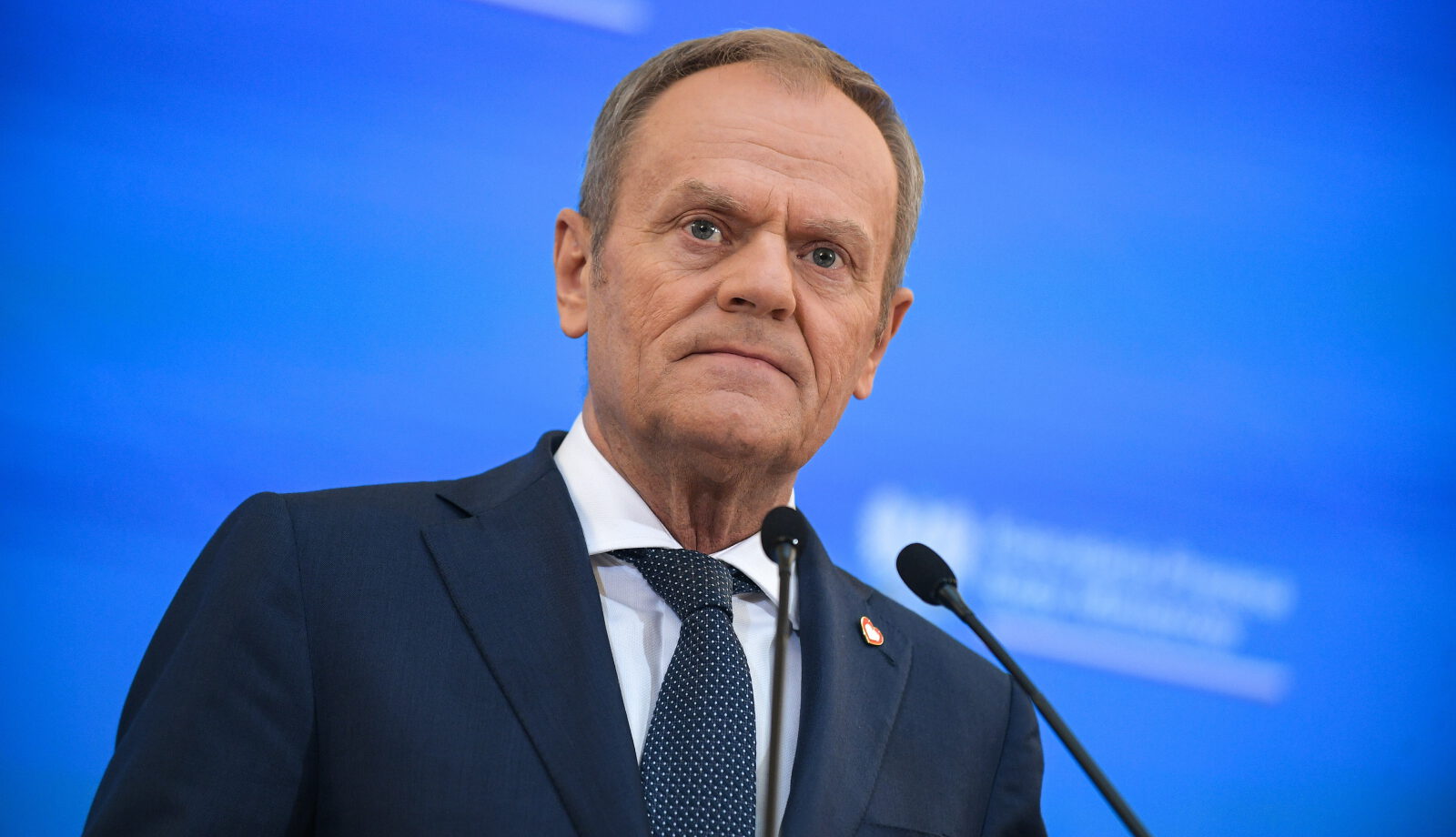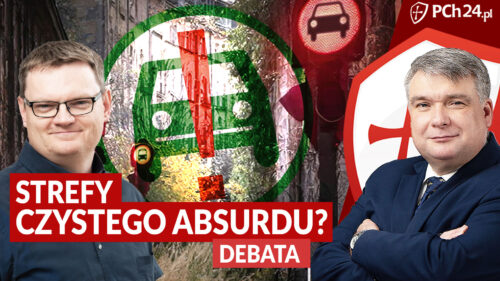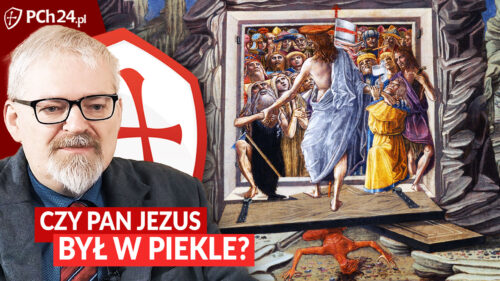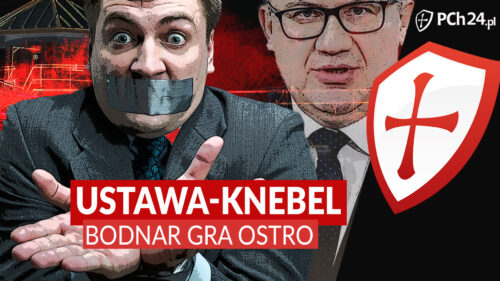Just like “pastoral care”, “collegiality” is the term that has been used by various protagonists of the “new paradigm” of the Church since the 1960s in attempts to overturn the things that have been continuously taught by the Magisterium since the beginning of its existence.
Looking back at the history of the rebellion against the encyclical Humanae vitae, which started half a century ago and still lasts (with the only difference that a large group of clergymen from the Vatican seems to be joining the rebels today), we can see clearly that the argument of the “lack of collegiality” in the formation of the encyclical in question was one of the leading grounds for protesting against this document for supporters of Curran, Rahner et consortes.
Wesprzyj nas już teraz!
In successive decades, already during the pontificate of St. John Paul II, raising the banner of struggle against “Roman centralism” in favour of “real collegiality” was characteristic of all kinds of heterodoxical movements at theological faculties of Western Europe (cf. the Cologne declaration of 1989) or in the circles of “concerned” laypersons (cf. the “Wir sind the Kirche” movement that was popular in German-speaking countries in the 1990s).
The pontificate of Pope Francis I, which the followers of promotion of the “new paradigm” of the Church consider to be a ram leading to a “new phase of reception of the Council” from which “there is no turning back” (Cardinal W. Casper), treats the matter of “decentralisation”, vulgo: larger collegiality, as one of its priorities. We should add that these priorities are pursued with iron consistency. Already before the proclamation of the last Apostolic Constitution in this matter (Episcopalis communio from September 2018), the so-called logic of action, or rather the logic of failing to act represented by the current Pope was aimed at the far-fetched “decentralisation” of the Church in the name of “genuine collegiality”.
As a consequence of this, after the conclusion of the bishops’ Synod on the Family, particularly after the publication of the exhortation Amoris laetitia, the sixth commandment of the Decalogue (“Thou shalt not commit adultery”) applies strictly east of the Oder and Lusatian Neisse line and only “under certain strictly specified conditions” and only “after thorough consideration and keeping of pastoral company” west of this line. A short time ago, in the name of decentralisation and collegiality, Pope Francis actually handed over to German bishops the issue of deciding whether to give the Holy Communion to those who do not believe (i.e., Protestants) in the real presence of the Eucharistic Christ. Absolute total decentralisation – the dilution of Catholic teaching in the shady waters of full communion.
We must recall these facts from the last few years to gain a better view of the crisis which is currently experienced by the Holy Church. Sometimes we can hear that the current promotion of “authentic collegiality” is a new version of conciliarism – a doctrine known from the turn of the fifteen century. This assumption is largely justified, although we must add that the early phase of conciliarism referred mainly to the question of jurisdictional power in the Church. This trend emerged as a reaction against the disgust caused by the split of the papacy into Rome and Avignon after 1378.
How to renew the Church in capita et in membra? This question, which appeared in Western Christianitas at that time, was answered in two ways. “Papalists” answered that the impulse for the renewal and its management must come from capita – i.e., from the papacy. The primacy of St. Peter’s Successors should be a firm rock on which the Church renewal movement should be based.
On the other hand, “conciliarists” pointed out that the impulse for the renewal and the management of this renewal should come from the general council (concilium in Latin) that should exercise sovereign, full and direct power over the whole Church on a par with St. Peter’s Successor. “What concerns everyone, should be decided by everyone for everyone,’ said conciliarists, who were represented particularly strongly on theological faculties of Catholic universities (there were no other universities in Europe at that time). The leading representatives of the conciliarist movement at the beginning of the 15th century included Jan Gerson and Peter d’Ailly from Sorbonne University and our Paweł Włodkowic from the University of Kraków.
But what to do if the Pope, who would be the only person entitled to convene a council, is absent (with two capitals claiming to be the seat of the rightful St. Peter’s Successor)? Conciliarists answered that in such a case the initiative should belong to cardinals, who would be able to and should announce the convening of the council. The second solution proposed by conciliarists was to turn to the secular authority of the Roman emperor (the title associated with the German kingdom), who should convene a general council.
The culmination of conciliarist influences occurred at the beginning of the 15th century during councils in Pisa (1409) and in Constance (1414-1418). The first of them became a disaster – instead of removing the scandal concerning the split of the papacy, it only deepened this split through the election of the third “pope” that was not accepted by the two former popes (in a formal sense, this assembly is not recognised as a legitimate council because it was not convened by the Pope). Only the election of Martin V at the council in Constance put an end to this crisis. Besides, it is difficult to claim that only conciliarists contributed to this. Rising from the cataclysm of the Black Death and plagued by the long-lasting Hundred Years’ War between France and England and the opening of the Balkan Route by the Ottomans, the Latin Christianitas was simply fed up with the Great Schism.
Since the participants of the Constance council agreed on the “reset” and the election of the new pope, they could not deprive St. Peter’s Successor of his primacy at that moment, although conciliarists still insisted on this. Anyway, such was the sense of efforts to liquidate the split of the papacy, because the common sensus fidelium was such that the Church would simply fall apart without Peter’s primacy concentrated in one hand. The council was regarded as a tool, not as a goal in itself. The election of Martin V was the end of the issue. For conciliarists, that was only the beginning. In Constance, under decrees adopted in 1415 and 1417, they enforced the definition of the council as a centre of power over the Church equal to the papacy – and established by Christ! – and put Martin V and his successors under an obligation to convene councils in strictly defined times. The problem for conciliarists was, however, that the Pope (Martin V) had not been elected yet at the time of adoption of the aforementioned decrees, or the already elected Pope refused to approve these documents. From the perspective of canonical law, no such thing as a council decree without papal confirmation exists.
Thus, the slow collapse of conciliaristic ideas began at the time of their apparently biggest victory. Their ultimate burial occurred during the pontificate of Eugene IV. In 1431, having convened a council in Basil and facing the risk of emergence of conciliaristic influences opposed to St. Peter’s Primacy among the participants, he moved the council behind the Alps (Ferrara, Florence), where the last attempt to end the drama of the Eastern Schism before the capture of Constantinople by the Ottomans took place under papal patronage (the Union of Florence in 1439). These issues were completely unimportant to supporters of the primacy of the council over the Pope. The final disgrace of conciliarists was their attempt to incite the crisis the extinguishing of which had been their raison d’etre in previous decades. At the Council of Basil, Duke Amadeus VIII of Savoy was elected antipope (Felix V); at the time of election, he was the father of several children. What had emerged as a reaction to the scandal of the Great Schism, ended as an attempt to reactivate it.
It is interesting to note the order of events. In the 14th and 15th century, the jurisdictional issue was followed by the doctrinal error. In our times, there are attempts to decentralise existing heresies in the form of modernism and its regional varieties by means of “authentic collegiality”. Conciliarists, part of whom was influenced by Ockham or Marsilius of Padua, had also their own vision of the Church that was very different from that of its Divine Founder (“I will build my Church on the Rock”). However, these trends emerged only at the end of the history of conciliarism. At the beginning of the 21st century, there is first a precisely sketched vision of the “new paradigm” of the Church (it cannot be otherwise, considering the participation of many German hierarchs in this project) and then its “transmission belt” in the form of “authentic conciliarism”.
On the other hand, it is actually insignificant when and how a heresy that leads to the crisis of the whole Church is spread out. Just as the trend that died in the first half of the 15th century prepared the ground for the events that followed at the beginning of the 16th century (the Protestant Reformation), the current promotion of “authentic collegiality” opens the way to a “new aggiornamento”.
Grzegorz Kucharczyk
P.S. A small pendent to an exhaustive review of the Polish film The Clergy (“Kler”) presented by Karpiel and Kratiuk in PChTV and concerning the threat of “hybrid wars”. I recall the words of A. Dugin – a specialist in “sacred geography” serving the Kremlin, who explained to the readers of Fronda exactly 20 years ago that supporting all forms of anti-Catholicism in Poland, beginning from Freemasonry and the occult, is in the interest of Russia. He said: “It is necessary to disintegrate Catholicism from the inside, reinforce the Polish Freemasonry, support secular movements with disintegrating tendencies, and promote heterodoxical and antipapal Christianity.” I wrote about this on this website a few years ago. And now we have a film about the Polish Church directed by an atheist according to the script written by a Protestant and shot in laicised Czech Republic.
“Finally I will tell you frankly that I am convinced that, among those demagogues, a thick rain is poured from roubles like upon Danae and it will shine some day, that a collective treason existed there. Judas made up of several individuals – an apostasy that the world has never heard of so far.” These are the words from Zygmunt Krasiński’s letter to Konstanty Gaszyński about the left wing of the Great Emigration. But, after all, the prophet’s words (the prophet is the prophet!) are universal and reach far into the future…

